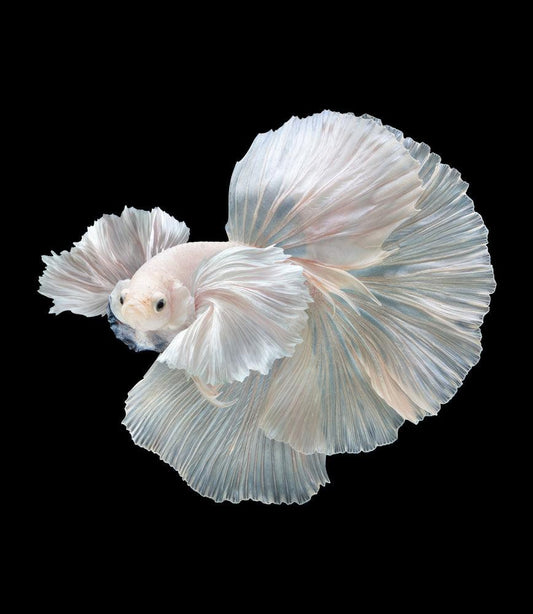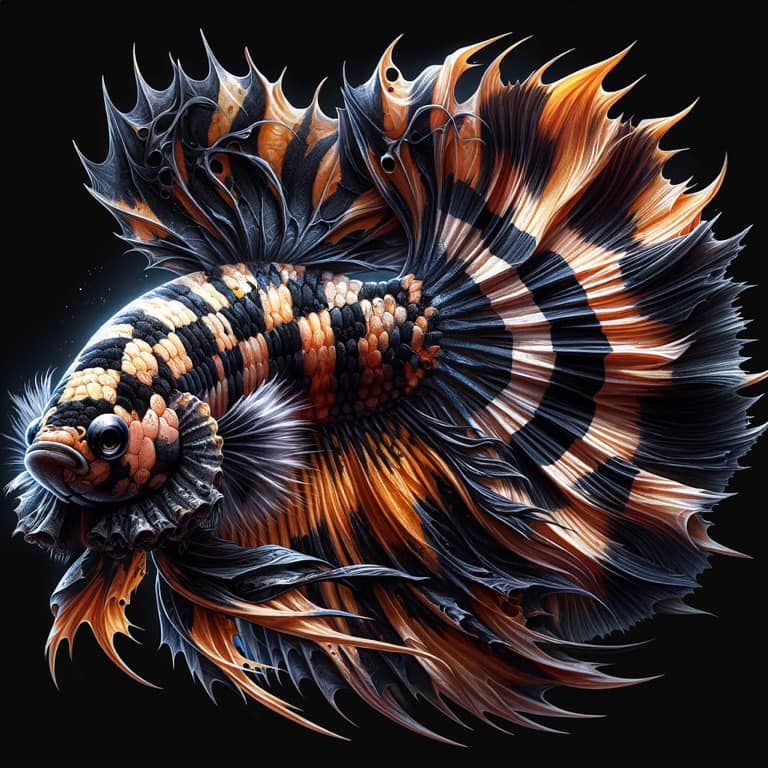Breeding Betta Fish: a Comprehensive Step-By-Step Overview to Efficiently Raising Infant Bettas From Eggs to Adulthood
Reproducing Betta fish is a careful venture that requires cautious preparation and execution to guarantee the successful growth of fry from eggs to mature fish. Choosing genetically varied reproduction sets with preferable qualities is just the beginning; developing an optimal atmosphere and recognizing the details of the reproducing procedure are equally vital. As the male Betta faithfully constructs a bubble nest and guards the priceless eggs, the subsequent stages of treatment and change demand focus to detail and expertise of finest techniques. How does one navigate the tough yet rewarding path of nurturing these vibrant creatures to their adult years?

Choosing Breeding Pairs
When getting started on the journey of breeding Betta fish, picking the ideal reproduction pairs is essential to achieving preferable qualities and a healthy and balanced lineage - betta fish. The very first step in this process is to determine the specific attributes you want to enhance or protect, such as shade, fin type, and physique. It is essential to pick genetically diverse pairs to avoid inbreeding, which can lead to health and wellness problems and unwanted attributes
Evaluate prospective reproducing prospects meticulously. A healthy male Betta ought to display vibrant colors, an energetic attitude, and well-formed fins, while the female must additionally display lively coloration and a rounded stomach, indicating readiness for spawning. Observing the temperament of both fish is important, as hostile or excessively reluctant individuals may not reproduce successfully.
Keeping documents of the moms and dad fish's origins can help you track genetic characteristics and potential issues. Ultimately, investing time in the selection process will considerably boost the likelihood of producing solid, vibrant offspring that fulfill your reproduction objectives.

Preparing the Reproduction Tank
Creating an ideal reproduction environment is a crucial action after choosing appropriate sets for Betta fish. The breeding tank must be particularly designed to give comfort and promote the natural reproduction habits of the fish. Beginning with a container dimension of a minimum of 10 gallons to ensure sufficient area for both the male and women Bettas.
Maintain a mild filtration system to maintain the water tidy while staying clear of strong currents that can emphasize the fish. Furthermore, an air rock can be included in supply oxygenation without disrupting the water surface area as well a lot.
Temperature guideline is important; aim for a steady variety of 78-82 ° F(25-28 ° C) utilizing a dependable heating unit. The pH level must be maintained between 6.5 and 7.5, and normal water changes are needed to guarantee high water top quality.
Incorporate floating plants or generating sponges to create hiding areas for the lady, while likewise urging bubble nest structure by the male - betta fish. Ensure the tank is complimentary from sharp my blog decorations and any possible hazards, as the welfare of the fish ought to always be prioritized during this essential phase of breeding.
The Breeding Process
Commonly, he has a good point the breeding process for Betta fish involves a collection of distinct and observable behaviors that suggest preparedness for reproduction. The male Betta begins by developing a bubble nest at the water's surface, which works as a site for the fertilized eggs. This nest is important, as it provides a risk-free environment for the eggs until they hatch.
As soon as the nest is developed, the man will show courtship behaviors, such as flaring his fins and showing lively shades to attract the female. The lady, upon sensing the man's preparedness, will react by showing upright red stripes along her body, indicating her receptiveness.
The fed eggs after that drop to the bubble nest, where the male thoroughly collects and returns them to the nest. Following this, the male thinks obligation for guarding the nest and guaranteeing the security of the eggs up until they hatch, usually within 24-36 hours.
Caring for Betta Fry
Caring for Betta fry requires careful attention to their environment and nourishment to make sure healthy growth and growth. After hatching, Betta fry are extremely small and vulnerable, requiring a secure and tidy environment.
Feeding Betta fry is just as essential. They need to be provided infusoria or finely smashed high-quality fry food, as their mouths are as well small to handle larger fragments. As they grow, you can slowly introduce bigger foods, such as baby brine shrimp or powdered flakes, to ensure they receive sufficient nourishment. Feed them little quantities several times a day, being cautious not to overfeed, which can bring about water top quality issues.
Transitioning to Adult Bettas
As Betta fry fully grown, transitioning them to adult Bettas is an important stage that calls for careful administration of their atmosphere and social communications. This procedure typically begins when the fry reach around 6 weeks old, at which point they can be gradually introduced to an extra structured living environment.
To facilitate this change, it is necessary to make sure that the water parameters-- look at this web-site such as temperature, pH, and ammonia degrees-- are ideal and secure. Adult Betta fish flourish in cozy water (around 78-80 ° F) with a pH of 6.5 to 7.5. Gradually accustom the fry to these problems to decrease anxiety.
Social communications are another vital element; male Bettas are notoriously territorial and hostile. It is recommended to separate men right into specific storage tanks as they grow. Women Bettas can be housed with each other, however treatment must be required to keep track of for signs of aggressiveness.
Furthermore, nutritional modifications need to be made as the fry expand. Include high-quality pellets and live foods to support their growth and health and wellness. By taking care of these variables successfully, you can promote an effective change to adulthood for your Betta fish.

Verdict
Successful reproduction of Betta fish requires mindful focus to detail throughout the whole process, from selecting genetically diverse sets to giving ideal take care of fry. By making certain ideal breeding conditions and maintaining water quality, the likelihood of healthy and balanced offspring raises significantly. Additionally, a well balanced diet regimen and steady adjustment to adult environments are critical for the development and advancement of Betta fish. Adhering to these steps diligently cultivates a prospering population of Betta fish, boosting both their wellness and vigor.